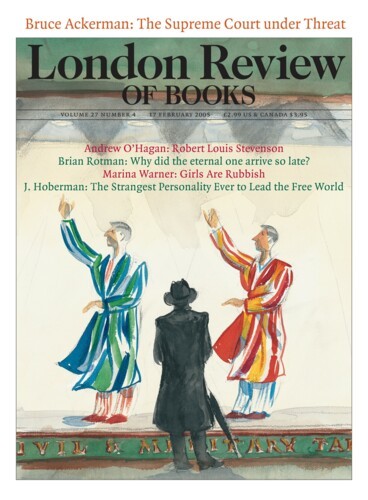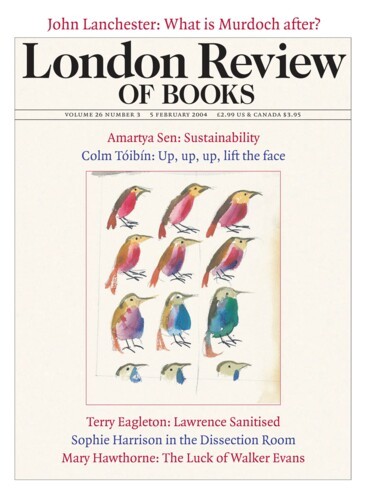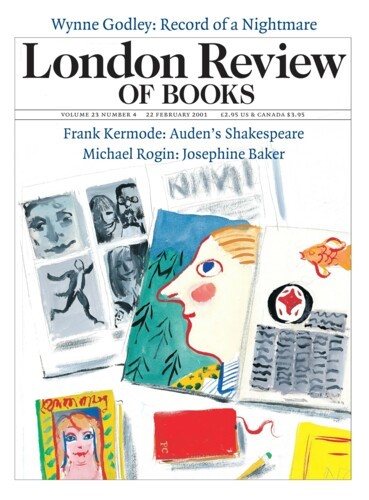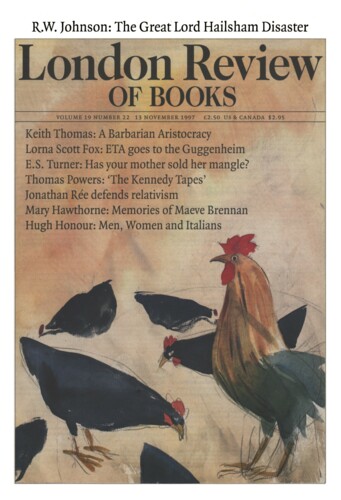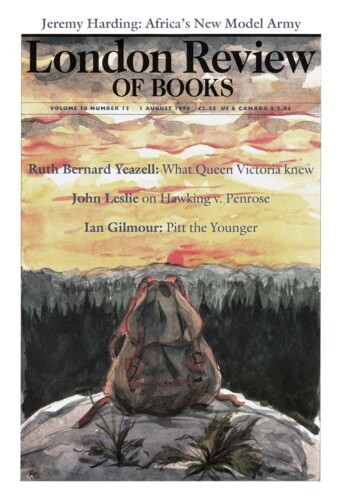On the 20th Floor of the old offices of the New Yorker, at 25 West 43rd Street, the elevators let out onto a narrow, desolate vestibule. Its floor was set with dirty beige linoleum tiles that matched the colour of its blank walls; a lumpish chair upholstered in cracked black leather and a scarred wooden table with a glass top and a glass ashtray resting on it stood next to a door that led to the offices inside. At one end, a receptionist sat in a tiny cubicle behind a Plexiglas partition, with a small sliding door to receive deliveries and a cut-out circle to talk through. One day not long after I had been hired, in 1981, I came out of the elevator to find a very small woman with pulled back, unwashed grey hair sitting in the chair and staring at the floor. She was wearing a black, oversized jacket and a black rumpled skirt that was very long – so long that I can’t remember her shoes. When the receptionist pressed the button to unlock the door and I passed by, the woman did not look up. When I went out at lunchtime, she was still sitting there, and she was there when I returned – in the same position, as though she hadn’t moved at all. She was gone when I left at the end of the day. I went home and forgot about the woman but, to my surprise, the following morning I again found her seated in the chair, examining the floor. As I waited for the elevator that evening, I watched her slowly rise from the chair to leave. All the while, she continued her expressionless musing, never raising her eyes. There was a paper cup with some left-over coffee in it on the table, and some stamped-out cigarettes in the ashtray. I never saw her again.’
On the 20th Floor of the old offices of the New Yorker, at 25 West 43rd Street, the elevators let out onto a narrow, desolate vestibule. Its floor was set with dirty beige linoleum tiles that...
